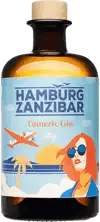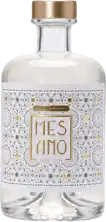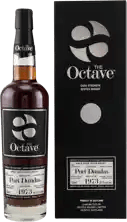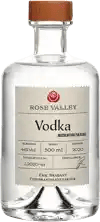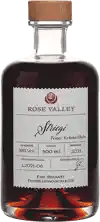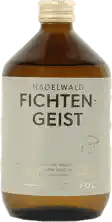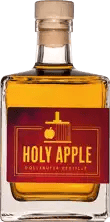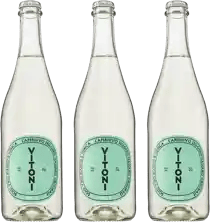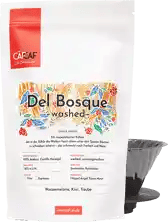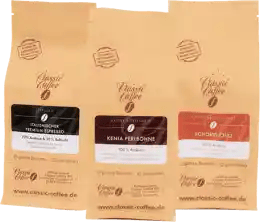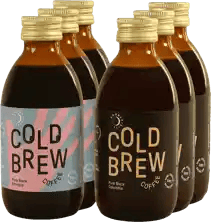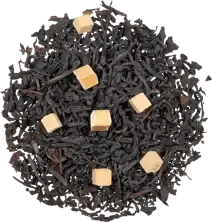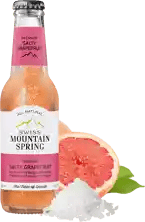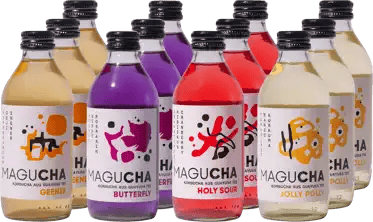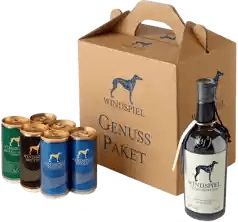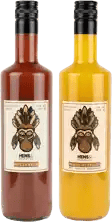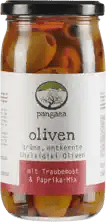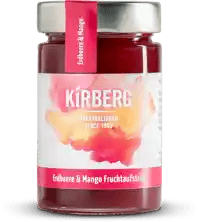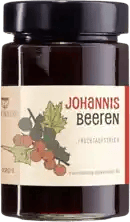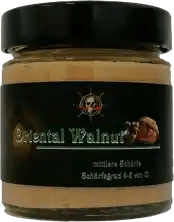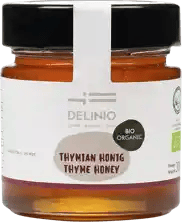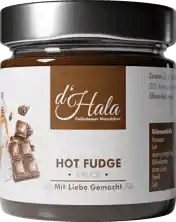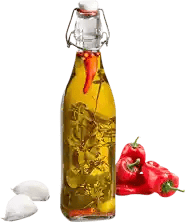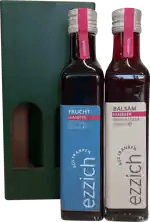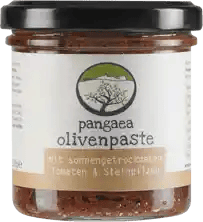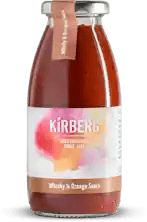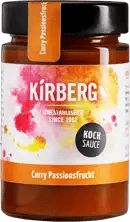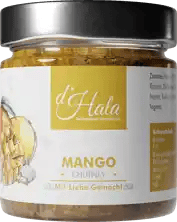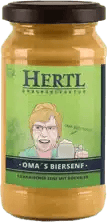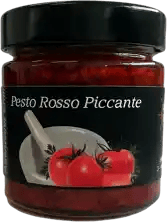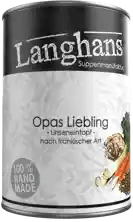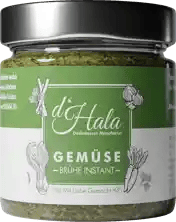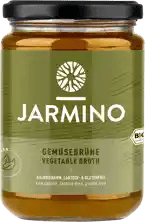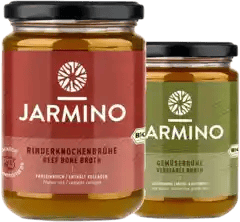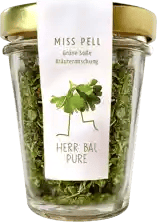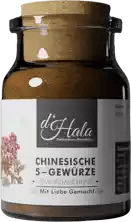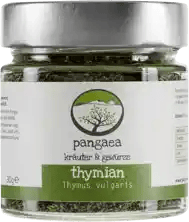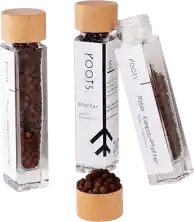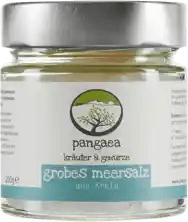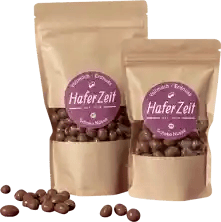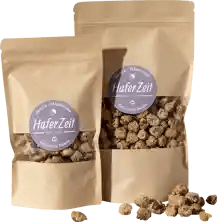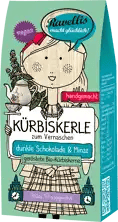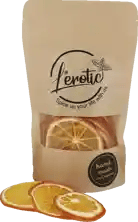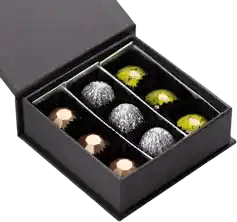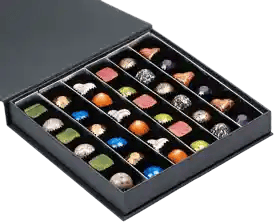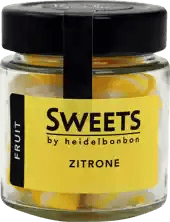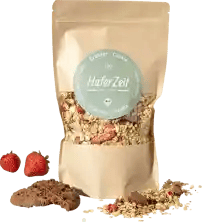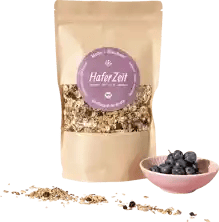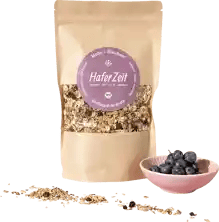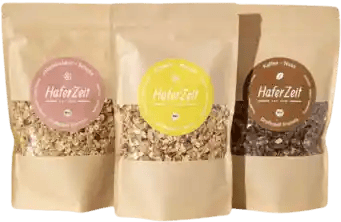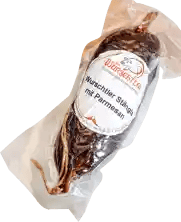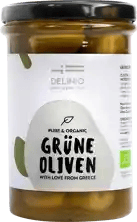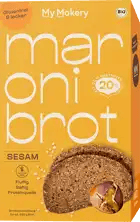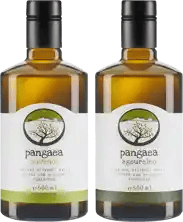Quality instead of quantity!
8,500 independent products
No mainstream
8,500 independent products
Buy honey - real honey from beekeepers
Honey is not only delicious, but also healthy, especially when it comes directly from a trustworthy beekeeper. Our suppliers are either beekeepers themselves or source honey exclusively from those who produce regional honey with passion and care. Our store offers an easy way to buy high-quality honey that you won't find in the supermarket.
Many different honey plants grow in Germany, resulting in a wide variety of honey types. From the Lüneburg Heath to the Black Forest, our bees collect nectar from unique landscapes. This results not only in the popular heather honey, but also special varieties such as Black Forest silver fir honey. You will also find all kinds of other honey, for example honey from Greece or Croatia.
Every honey has its own character and taste, influenced by the environment, the honey plants and the time of harvest. This probably explains why some people become real honey fans and are always on the lookout for new varieties and creations.
What is honey?
Honey is a sweet, natural substance produced by bees. The process begins when bees collect nectar from flowers, a sugary sap produced in the special glands of plants. This nectar is then transported to the hives where it is converted by the enzymes in the bees' digestive tract. During the process, the nectar is repeatedly passed from bee to bee, gradually losing its original water composition and becoming thicker. Finally, the transformed nectar is stored in combs and further dehydrated by the bees passing air over it with their wings, resulting in the formation of honey. The finished honey is then stored by the bees as a food reserve for times when flowers are not available.
Honey is known for its diverse flavors and health benefits. It consists mainly of fructose and glucose and contains various vitamins, minerals, enzymes and plant compounds. Some types of honey have specific health benefits and can be antibacterial, making it a popular natural remedy in traditional medicine. The color, flavor and consistency of honey depend on the flower sources the bees visit, resulting in a wide range of honey varieties, from light and mild to dark and strong.
How is honey made?
The process of honey production is a fascinating example of nature at work. It all starts with the bees, or more precisely, the worker bees, who set off in search of nectar. These industrious insects fly from flower to flower, collecting the sweet nectar produced by the flowers. The nectar is stored in a special container, the honey bladder, and transported back to the beehive. There the actual transformation of the nectar into honey begins.
Inside the hive, the foragers pass the nectar on to so-called household bees. These process the nectar by repeatedly picking it up and releasing it, adding enzymes from their saliva. These enzymes are crucial as they convert the complex sugars in the nectar into simpler sugars. This process is called inversion and helps to convert the nectar into a preservable form. At the same time, the water content of the nectar is reduced by the fanning of the bees' wings. This process of dehydration is essential to achieve the final consistency and shelf life of honey.
When the honey has reached the right consistency, the bees store it in the wax cells of the combs. There it is sealed by closing the cells with a wax lid. This sealing process, also known as capping, signals that the honey is ripe and ready for storage. The resulting honey serves as a food reserve for the bees for times when no fresh food is available. For beekeepers, this is the ideal time to harvest the ripe honey, always taking care to leave enough honey in the hive for the colony to survive.
What are the ingredients of honey?
Honey consists mainly of various types of sugar and water. It also contains up to 180 different substances, including vitamins, enzymes and minerals.
An interesting aspect is that honey must be a purely natural product according to the German Honey Ordinance. This means that nothing may be added or removed from it.
What exactly is beekeeper's honey?
Beekeeper's honey is honey that is produced directly by beekeepers. It is natural and meets high quality standards. Beekeepers are people who are dedicated to keeping and caring for bees. They look after the bee colonies, ensure their health and well-being and support the bees in honey production. Beekeeping is an art that requires both extensive knowledge of bee biology and practical skills in beekeeping and honey harvesting. Beekeeper honey comes from controlled harvesting, with beekeepers ensuring that the bees retain enough of their own honey to overwinter. Unlike industrially produced honey, which is often blended from different sources, beekeeper's honey usually comes from a single apiary and reflects the unique flora of the area.
Can you make your own honey?
Making honey is a fascinating process that requires bees and in-depth knowledge. For hobby beekeepers, producing their own honey is both an exciting and challenging undertaking. It begins with the purchase of a bee colony and the necessary equipment such as beehives, protective clothing and tools for harvesting honey. The bees collect nectar and pollen from flowers, which they then process into honey in the hive. As a beekeeper, you have to monitor the health of the colony, look after the hives and, of course, know the right time to harvest the honey. It is a continuous learning process that requires patience and care.
What is the best honey?
The "best" honey is subjective and depends on individual taste. Some prefer mild blossom honey, others strong forest honey.
Regional honeys offer unique flavor profiles, influenced by local plants and flowers. That's why all honeys taste so different. Perhaps not the best (because it is subjective), but a very famous honey is Manuka honey.
What is special about Manuka honey?
Manuka honey from New Zealand is known for its strong antibacterial properties and is often used in natural medicine. It is extracted from the nectar of the manuka bush flower, which grows in the pristine wild areas of New Zealand. This honey contains the natural enzyme methylglyoxal (MGO), which is responsible for its healing properties. Manuka honey is therefore often used in naturopathy, especially to support the treatment of wounds, skin problems and to strengthen the immune system. The effectiveness of Manuka honey has been scientifically researched and proven, making it a sought-after product in alternative medicine and among health-conscious consumers. Due to its special properties and limited availability, Manuka honey is generally much more expensive than conventional honey.
What does honey go with?
Honey can be used in many ways: as a sweetener in drinks, for baking or as a spread. It goes perfectly with various dishes and can enrich their taste.
In the kitchen, honey is often used in baking to give cakes and pastries a natural sweetness. Honey can also play a key role in savory dishes, for example as part of a glaze for meat or in salad dressings, where it creates a perfect balance between sweet and sour. Honey goes well with a variety of cheeses and is a wonderful ingredient in breakfast menus, whether as a spread on bread or to sweeten yoghurt and muesli.
In the world of desserts, honey opens up a range of possibilities - from honey ice cream to various types of desserts. Its natural sweetness and distinctive flavor can enrich the character of a dish in a way that sugar or other sweeteners cannot. In addition, honey is also used in skin care, where it is valued for its moisturizing and antibacterial properties.
How much does honey from the beekeeper cost?
The price of beekeeper's honey can vary, depending on the variety and quality. On average, however, it is significantly higher than that of supermarket honey, which is due to the high standards and the effort involved in production.
Buying honey directly from the beekeeper not only supports local beekeepers, but also the environment and the local bee population.
How can you recognize high-quality honey?
High-quality honey is characterized by its purity, consistency and aroma. Another sign of quality is that it has not been excessively filtered or heated.
Another important criterion is consistency. Many high-quality honeys crystallize over time, which is a natural and desirable phenomenon and should not be seen as a quality defect.
Types of honey: Not all honey is the same
Honey is a wonderfully versatile natural product, and its diversity is as impressive as its uses. There are an astonishing number of different types of honey, created by a combination of origin, bee species, collected nectar and processing techniques. This diversity is the result of the unique interaction between the bees and the flowers from which they collect the nectar. Each plant species has its own nectar with specific flavors, sugar contents and compositions, resulting in different types of honey.
The differences between honey types are not only noticeable in taste, but also in color, consistency and even health benefits. For example, acacia honey has a very light color and a mild, sweet taste, while buckwheat honey is dark and rich in antioxidants. Another factor that determines the differences between honey types is the time of year when the nectar is collected. Spring blossoms often produce lighter-colored honeys, while late blossoms such as heather or chestnut produce darker and stronger honey. Processing and storage also play a role: honey that is processed and stored at lower temperatures often retains more of its enzymes and nutrients.
This diversity makes honey not only a culinary delight, but also a fascinating object of study that shows how closely bees and plants work together in nature. Each honey tells a story about the flowers, the climate and the landscape from which it originates. Tasting different types of honey thus becomes a journey of discovery through the diverse flavors and aromas of nature.
Blossom honey
Blossom honey is made from the nectar of various flowers and has a mild, varied taste.
Acacia honey
Acacia honey is known for its light yellow color and mild, sweet taste. It mainly comes from the nectar of the robinia tree - also known as false acacia.
Buckwheat honey
Buckwheat honey has a strong, unique aroma and a dark color. As its name suggests, it comes from real buckwheat.
Linden honey
Linden honey comes from linden trees and is known for its distinctive, fruity flavor.
Rape honey
Rapeseed honey comes from rapeseed and has a creamy consistency and a smooth, sweet taste.
Eucalyptus honey
Eucalyptus honey has a distinctive, slightly spicy taste. The smell is reminiscent of eucalyptus.
Lavender honey
Lavender honey is characterized by its aromatic lavender flavour. It comes mainly from France.
Forest honey
Forest honey is usually obtained from the honeydew of trees and has a strong, spicy flavor. The plants must all be in forests.
Liquid or creamy: Why are honeys different?
The consistency of honey - whether it is liquid or creamy - is mainly determined by the ratio of fructose to glucose, which results from the specific flower sources. Fructose dissolves more easily in water and ensures that honey remains liquid for longer. A higher glucose content, on the other hand, causes honey to crystallize faster and take on a creamy texture. The way in which the honey is processed also plays a role. Slow stirring during crystallization produces fine sugar crystals that give the honey a smooth, spreadable consistency. Different flower sources and processing methods therefore lead to this fascinating variety in the texture of the honey.
Storing honey
What is the shelf life of honey?
Honey is known for its impressively long shelf life. Under ideal conditions, i.e. stored in a cool, dry and dark place, it can keep practically indefinitely. Honey owes its longevity to its low water content and the natural preservatives that inhibit the growth of microorganisms. However, the water content and the way it is processed can affect this shelf life. Honey with a higher water content is more prone to fermentation, especially if it is not stored properly. Processing methods that preserve the honey's natural enzymes also contribute to a longer shelf life.
A best before date is often given, but in practice honey often remains edible well beyond this date.
Is honey healthy?
Honey is often prized for its health benefits. It contains natural sugars, vitamins, minerals and antioxidants. These nutrients can contribute to overall health, such as boosting the immune system and reducing inflammation. Honey also has antibacterial and antifungal properties, making it a traditional remedy for wounds and colds. It can also act as a natural energy booster.
However, like any sweetener, honey should be consumed in moderation, especially due to its high sugar content. Honey may be less suitable for diabetics and people with certain allergies. Ultimately, honey is a valuable natural product that has its place in a balanced diet.
Which honey is the healthiest?
All types of honey have health-promoting properties, but Manuka honey is often considered the healthiest due to its strong antibacterial effect.
Risks of honey: allergies and bacteria
Honey can trigger allergies, especially in pollen allergy sufferers. In addition, infants under the age of one should not eat honey as it may contain spores that could be dangerous for them.
Some types of honey may also contain toxins that come from certain plants. However, these honeys are rare and usually well labeled.
Drinks with honey
Honey adds a unique, natural sweetness to many drinks. It is often used as a sweetener in teas, which not only sweetens the tea but also gives it a pleasant flavor. In coffee, honey can be an interesting alternative to sugar. Honey is also ideal for preparing smoothies and juices, adding an extra dimension of flavor to fruit. In the colder months of the year, honey is a popular ingredient in hot drinks such as mulled wine or punch, as it adds a rich sweetness and complexity to these drinks. Honey is also used in the cocktail world, especially in drinks such as the classic hot toddy or honey-based cocktails, where it provides a balanced sweetness and depth. Not only is honey delicious, but it also brings its health benefits to drinks.
The history of honey: where does this liquid gold come from?
The history of honey stretches far back into human civilization. People were already collecting honey from wild bee colonies in the Stone Age, around 8000 years before our era. This is shown by rock paintings depicting people collecting honey from beehives in tall trees or crevices. These images are one of the earliest depictions of human interaction with bees and testify to the long relationship between humans and this sweet, golden nectar.
In ancient times, honey was used not only as a food, but also as a remedy and in religious rituals. The ancient Egyptians, Greeks and Romans prized honey for its sweetness and healing properties. In many cultures, honey was a symbol of wealth, sweetness and abundance. It was so valuable that in some cultures it was even used as an offering to the gods. In ancient Greece, for example, honey was an important part of many myths and legends and was considered the food of the gods.
As beekeeping developed over the centuries, honey production became more refined and efficient. In the Middle Ages, monks in Europe began to practice beekeeping in their monasteries, which led to a significant improvement in beekeeping and honey harvesting. The discovery of new worlds also brought forth new species of bees and flowers, which further diversified honey production. Today, honey is a globally prized food and is enjoyed in many cultures in various forms. Its history reflects the deep connection between humans and nature and shows how a simple product like honey can survive the millennia and continue to play an important role in our diet and culture.
Brilliant!

Bitte bestätige deine Anmeldung noch eben - du hast eine Bestätigungsmail von uns. Klicke darin auf den Link. Danach bekommst du deinen Rabattgutschein.
















